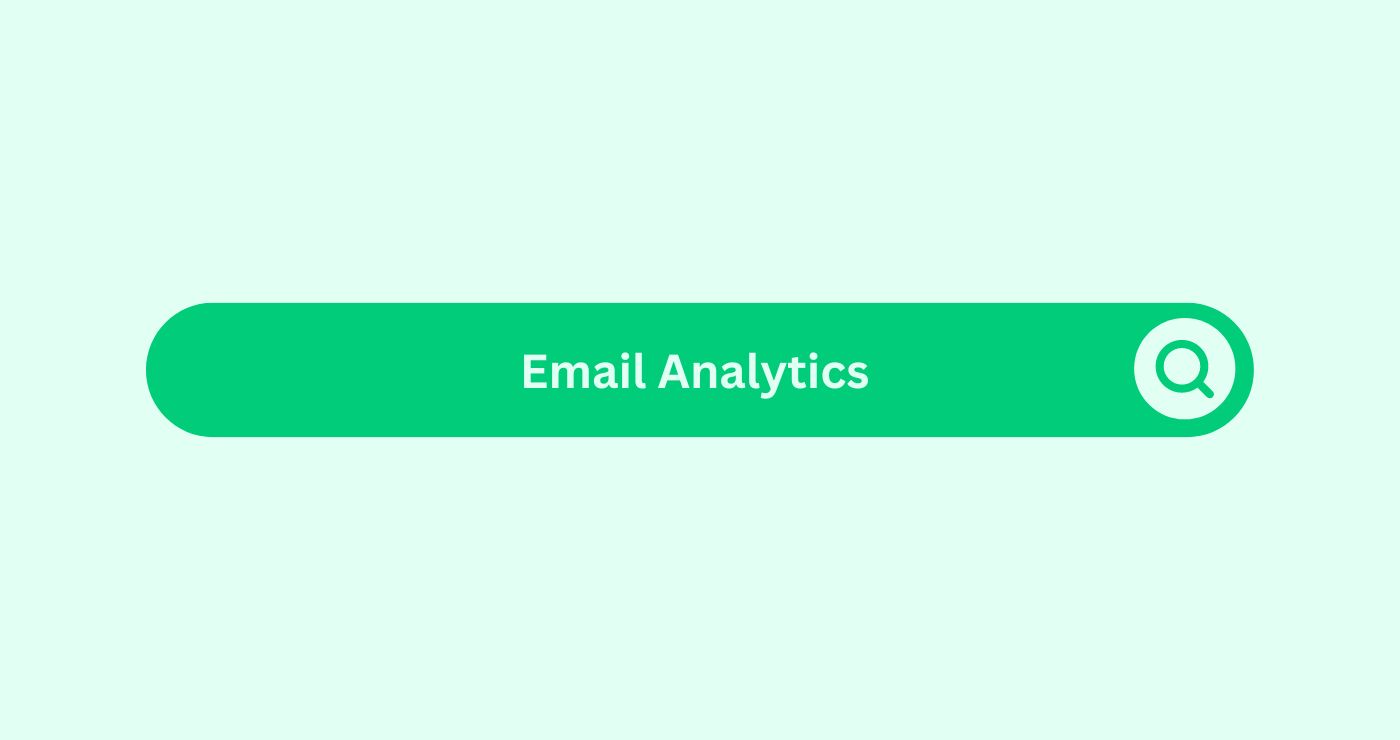Definition
Email analyticsDefinition In SEO, analytics involves collecting, measuring,... involves the collection, measurement, and analysis of email performance data to optimise email marketingDefinition
E-mail marketing uses targeted messages t... campaigns. By tracking key metricsWhat are Metrics in the context of SEO? Metrics in SEO refer... such as open rates, click-through rates, and conversions, businesses can gain insights into the effectiveness of their email communications and make data-driven decisions.
How You Can Use
Example: A digital marketing team launches a monthly newsletterDefinition A newsletter in email marketing is a regularly di... to engage their audienceDefinition The term "Audience" refers to the group of indivi.... By using email analyticsDefinition In SEO, analytics involves collecting, measuring,..., they track open rates, click-through rates, and subscriber behaviors. They discover that emails sent on Tuesday mornings have the highest engagementDefinition Engagement in content marketing refers to the deg... and that articles about industry trends get the most clicks. They use this data to refine their content strategyDefinition Content strategy involves planning, creating, pub... and scheduling, leading to better engagementDefinition Engagement in content marketing refers to the deg... and higher conversionDefinition In the realm of SEO, Conversion refers to the pro... rates.
Formulas and Calculations
Email AnalyticsDefinition In SEO, analytics involves collecting, measuring,... utilizes several key metricsWhat are Metrics in the context of SEO? Metrics in SEO refer... and formulas:
- Open RateDefinition Open Rate in Email Marketing refers to the percen...: (Number of emails opened / Number of emails sent) x 100
- Click-Through Rate (CTR)Definition CTR in social media measures the percentage of pe...: (Number of clicks / Number of emails sent) x 100
- Conversion RateDefinition Conversion Rate in the SEO space refers to the pe...: (Number of conversions / Number of emails sent) x 100
- Bounce RateDefinition Bounce Rate in social media marketing refers to t...: (Number of bounced emails / Number of emails sent) x 100
- Unsubscribe Rate: (Number of unsubscribes / Number of emails sent) x 100
These metricsWhat are Metrics in the context of SEO? Metrics in SEO refer... help in evaluating the performance of email campaigns and identifying areas for improvement.
Key Takeaways
- Regularly monitor key email metricsWhat are Metrics in the context of SEO? Metrics in SEO refer... to track performance.
- Use data to personalise and segment email campaigns for better engagementDefinition Engagement in content marketing refers to the deg....
- A/B test different elements of your emails to determine what works best.
- Optimise sending times based on audienceDefinition The term "Audience" refers to the group of indivi... behavior data.
- Continuously refine your email strategy based on analytical insights.
FAQs
What is Email Analytics?
Email analyticsDefinition In SEO, analytics involves collecting, measuring,... is the process of collecting and analyzing data from email campaigns to optimize their performance.
How does Email Analytics work?
It works by tracking various metricsWhat are Metrics in the context of SEO? Metrics in SEO refer..., such as open rates, click-through rates, and conversions, to assess the effectiveness of email campaigns.
Why should I use Email Analytics?
It helps you understand how your emails are performing, identify what resonates with your audienceDefinition The term "Audience" refers to the group of indivi..., and make data-driven decisions to improve engagementDefinition Engagement in content marketing refers to the deg... and conversions.
How can I start using Email Analytics?
Start by using an email marketingDefinition
E-mail marketing uses targeted messages t... platform that offers analyticsDefinition In SEO, analytics involves collecting, measuring,... features. Track key metricsWhat are Metrics in the context of SEO? Metrics in SEO refer..., analyze the data, and use the insights to refine your email strategy.
What are the benefits of Email Analytics?
Benefits include improved email performance, higher engagementDefinition Engagement in content marketing refers to the deg... rates, increased conversions, and a better understanding of your audience's preferences.
How do I measure the success of Email Analytics?
Measure success using metricsWhat are Metrics in the context of SEO? Metrics in SEO refer... like open rates, click-through rates, conversionDefinition In the realm of SEO, Conversion refers to the pro... rates, bounce rates, and unsubscribe rates.
Can Email Analytics be personalized?
Yes, by analyzing data, you can segment your audienceDefinition The term "Audience" refers to the group of indivi... and personalize emails based on their behaviors and preferences.
What types of data can I track with Email Analytics?
You can track open rates, click-through rates, conversionDefinition In the realm of SEO, Conversion refers to the pro... rates, bounce rates, unsubscribe rates, and more.
How often should I analyze my email data?
Regular analysis is crucial. Depending on your campaignDefinition An SEO campaign involves focused, Organised effor... frequencyDefinition Frequency in Social Media Marketing refers to the..., a weekly or monthly analysis can help you stay on top of your performance.
What should I include in my Email Analytics reports?
Include key metricsWhat are Metrics in the context of SEO? Metrics in SEO refer..., performance trends, insights from A/B tests, and recommendations for future campaigns.




